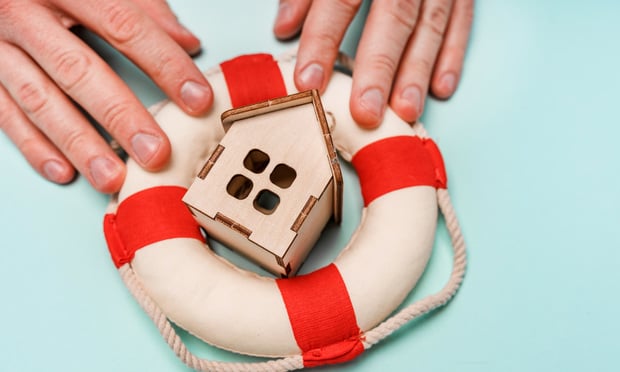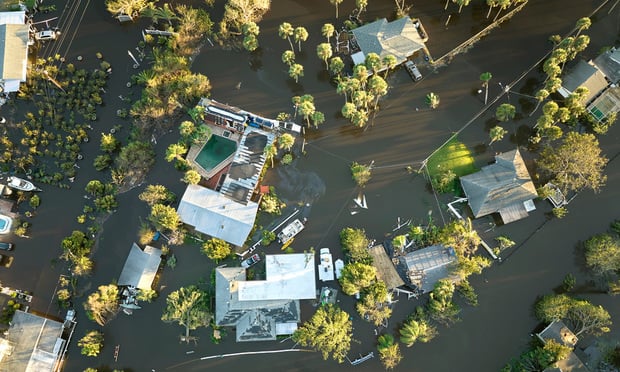They Say, Hearsay
“Since the insured is the risk and the risk gets reduced after the repairs are made, why would a premium increase? The premium is supposed to be tied to the risk, so please explain. It is illogical to have a rate increase if there is less risk.”
We Say
A common misconception among policyholders is that home repairs should equate to reductions in loss exposure. But risks do not get reduced when repairs are made, because nothing changes with a repair. Risks get reduced only when a structure is rebuilt better than it was before damage occurred. Repairs maintain the status quo; however, that is often not the way a homeowner views it. Insurers have an opportunity here to help customers differentiate between home repairs and structural improvements. The former most often falls into the maintenance category; the latter is about future resiliency and reducing risk. Indeed, making a home less vulnerable to damage can bring about lower premiums but like so many things in life, it is not that simple.
I recall a conversation I had last year with a Floridian incensed that his insurer increased his rates after he replaced his shingle roof with a storm-rated metal one. He fully expected the investment to earn him a significantly lower premium and was shocked to find out the new roof actually increased his rates a bit because, as his insurer explained, if the metal roof was damaged, it would be more costly to repair. While he did get some premium credits in the end because his Hurricane Resistance Rating was upgraded, this true tale illustrates the great divide between customer logic and industry logic, a divide we must somehow bridge so that there are fewer such surprises.
Clearly, the gap between policyholder logic and industry logic is about money. We can shrink that gap with a discussion about risk. Most people seriously underestimate risk vulnerability. Playing risk roulette is a game with no winners after a major storm, but it does help to explain why the state's popular My Safe Florida Home (MSFH) program became a vehicle to save money on insurance rather than serving its intended purpose to be a catalyst for hardening homes against hurricane damage. True, MSFH offered approximately 400,000 free wind inspections to help Floridians assess their storm risk; however, not enough people went far enough with the knowledge gained from the wind inspection reports. The state's risk level is largely unchanged (see chart).
According to the Shimberg Center for Affordable Housing at the University of Florida, there are 4.38 million single-family housing units in Florida. More than 3.8 million of these homes were built in 2001 or earlier, prior to the adoption of stronger state building codes. Homes built more than eight years ago are likely to be more vulnerable to storm damage.
The opportunity exists — now, before a storm strikes — to re-educate policyholders about the need to have building ordinance and law coverage, so that there are no surprises. In this current economic cycle, it may be a tough concept to sell, but that makes it all the more important. Hard times just get harder without knowledge, planning, and appropriate actions. G
Lynne McChristian is the Florida representative for the Insurance Information Institute. She may be contacted at 813-480-6446, [email protected]. Also, see www.InsuringFlorida.org for her insurance blog “Straight Talk.”
Want to continue reading?
Become a Free PropertyCasualty360 Digital Reader
Your access to unlimited PropertyCasualty360 content isn’t changing.
Once you are an ALM digital member, you’ll receive:
- Breaking insurance news and analysis, on-site and via our newsletters and custom alerts
- Weekly Insurance Speak podcast featuring exclusive interviews with industry leaders
- Educational webcasts, white papers, and ebooks from industry thought leaders
- Critical converage of the employee benefits and financial advisory markets on our other ALM sites, BenefitsPRO and ThinkAdvisor
Already have an account? Sign In Now
© 2024 ALM Global, LLC, All Rights Reserved. Request academic re-use from www.copyright.com. All other uses, submit a request to [email protected]. For more information visit Asset & Logo Licensing.








